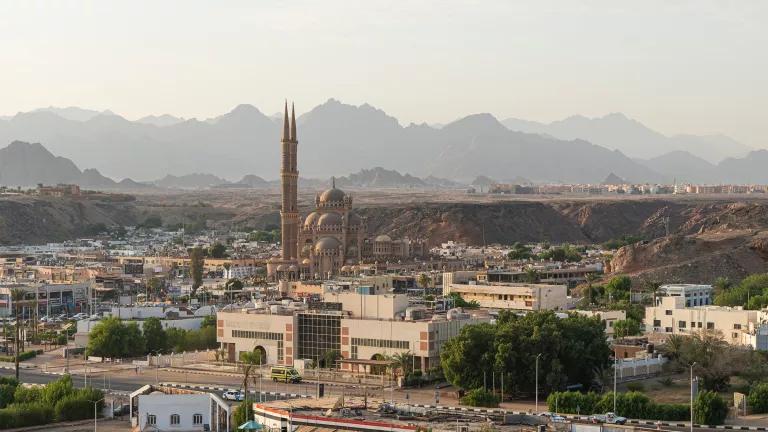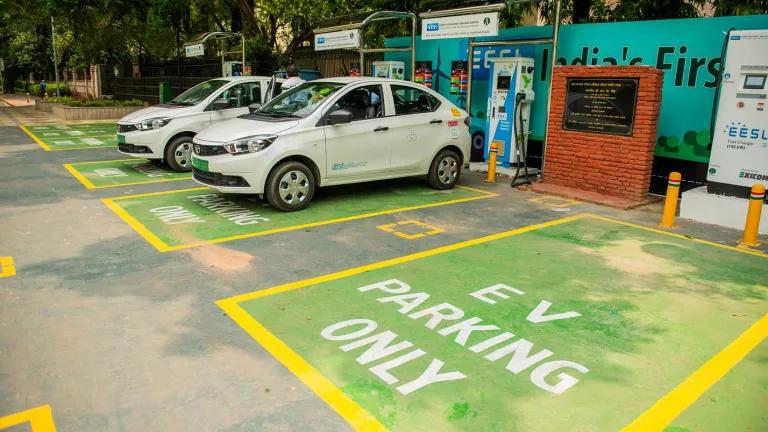India is at a critical juncture in scaling renewable energy to provide energy access to growing cities and vast rural communities. Financing is one of the principal barriers to the rapid expansion of India’s clean energy market needed to meet the ambitious national target of 175 gigawatts (GW) of solar, wind, and other renewable energy by 2022, as well as the broader targets of the Paris Climate Agreement. Financing must be not only abundant, but also cheap, so that clean energy can compete with fossil fuels. Therefore plentiful and low-cost capital will allow India to transition to a clean energy platform while enabling continued economic growth.
Although investment in renewable energy and energy efficiency is growing both internationally and in India, the scale of investment does not yet match the scale of financing needed to grow rapidly. Over $140 billion of investment is required in the next six years to reach India’s solar, wind and efficiency targets to increase clean energy access. Significant collaborative efforts are required from various stakeholders, including government, financial institutions, investors, industry, and research organizations, in order to develop innovative financial solutions to achieve these targets.
Strong policy settings and incentive structures must be adopted to enable renewable energy investment to scale up to needed levels in India. Dedicated “green” financial institutions known as green banks are proving successful at the state and national level at leveraging public dollars to bring in private capital. An Indian green bank (or banks) can help propel India’s solar and wind energy markets and support critical energy-efficiency and climate resilience projects.




